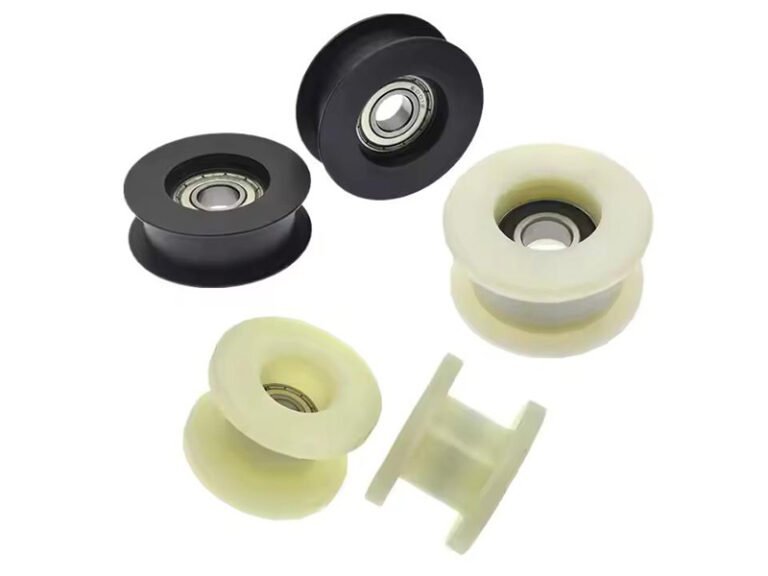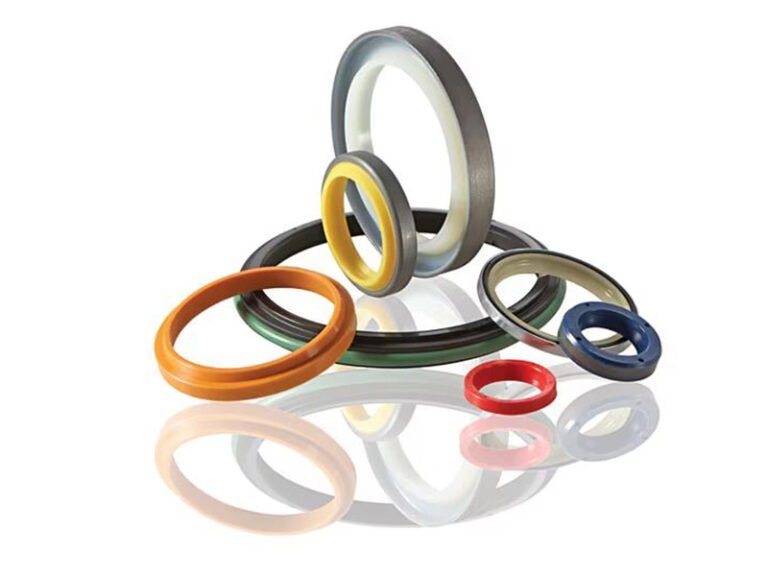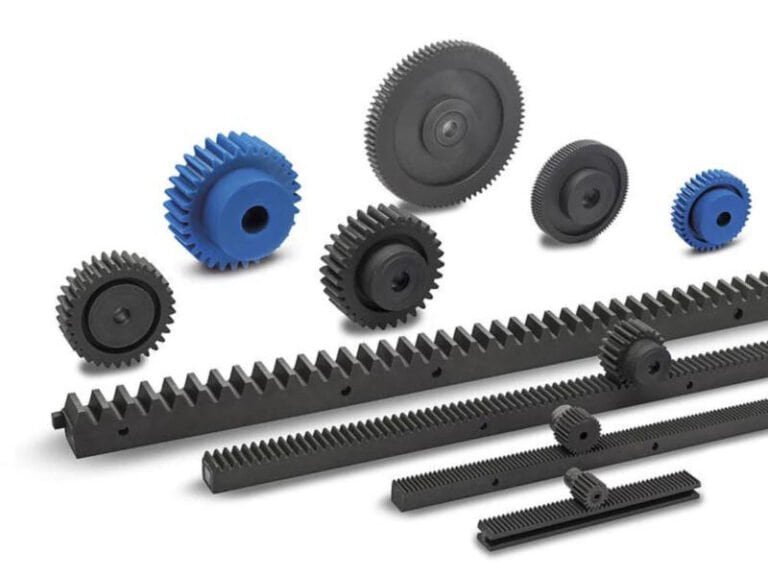Knit lines in injection molding, also known as weld lines or meld lines, are more than just cosmetic blemishes. They represent potential weak points in molded parts and can significantly impact both the appearance and structural integrity of the final product. In this post, we’ll dive deep into the world of knit lines. We’ll explore what they are, why they occur, and most importantly, how to minimize their impact.
What are Knit Lines in Injection Molding?
Knit lines, also known as weld lines or meld lines, are imperfections that occur in injection molded parts. Knit lines are visible lines or seams that form in injection molded parts where two flow fronts of molten plastic meet but do not fully fuse. They typically occur When the plastic flow splits to go around an obstacle (like a core or feature) and then rejoins on the other side. Between multiple injection gates where separate flow fronts meet. At the interface where two separate plastic flows meet within the mold and resolidify.
Knit lines can range from virtually invisible to look like cracks in the plastic. They often appear as faint lines or seams on the part surface. In some cases, they may resemble small cracks or imperfections. The visibility can vary depending on the resin type, molding conditions, and part geometry.
Causes of Knit Lines in Injection Molding
1. The flow of plastic around obstacles or features:
Knit lines primarily form when the plastic flow splits to go around an obstacle (like a core or feature) and then rejoins on the other side. This is similar to a river splitting around a rock and meeting again downstream.
2. Multiple injection gates:
When multiple gates are used in a mold, knit lines form where the separate flowfronts meet. There is typically a knit line between every two gates on a part.
3. Temperature and pressure factors:
Temperature: If the plastic begins to cool too quickly while flowing through the mold. It may solidify just enough to not join properly with the other flow, causing a knit line.
Pressure: Insufficient injection pressure can prevent proper fusion of flow fronts, leading to knit line formation.
Barrel/nozzle temperature: If these temperatures are too low, the material temperature drops quickly, resulting in part defects like knit lines.
4. Mold design considerations:
Gate location and design: Improper gate placement can lead to knit line formation in critical areas.Reasonable gate position for injection molding process.
Runner size: If runners are too small, flow resistance increases, potentially causing knit lines.
Wall thickness: Thicker walls slow down the cooling rate of the resin, helping to improve the appearance and strength of knit lines.
Poor ventilation: Venting problems can cause material blockage, leading to poor mold filling and resulting in knit lines.
5. Material properties
Resin type: Some materials, like ABS, are more prone to visible knit lines.
Fillers: Filled materials tend to have weaker knit lines than unfilled materials, with knit line strength decreasing as filler content increases. Understanding these causes is crucial for minimizing the impact.
Impact of Knit Lines on Plastic Parts
The impact of knit lines in injection molding can be significant,affecting both the appearance and performance of the final part.
1.Cosmetic issues:
Knit lines can range from virtually invisible to looking like cracks in the plastic. They often appear as faint lines or seams on the part surface, which can be particularly noticeable in materials like ABS. In some cases, knit lines may resemble small cracks or imperfections, affecting the overall aesthetic quality of the part.
2.Potential structural weaknesses:
Knit lines are critical regions in the final part because they represent a considerable disturbance in the material’s structure and spatial orientation. They can significantly reduce the mechanical properties of the part, particularly its impact strength. In some cases, especially with long, thin features or certain resins like LCP (Liquid Crystal Polymer), knit lines can be a cause of part breakage.
Minimize Knit Lines Strategies
1. Optimizing part design:
Thicken part walls slow down resin cooling, which helps improve the appearance and strength of knit lines. Place knit line-causing features (like bosses or through-holes)farther from the edges of parts when the design allows. Review the part geometry to minimize obstacles that cause flow splits.
2. Proper gate placement:
Work with molding engineers to optimize gate locations so knit lines form in less critical areas. Use simulation to determine appropriate gate locations that minimize knit line impact on part fit and function. Consider using multiple gates with valve gate control to improve the knit line appearance.
3. Adjusting molding parameters:
Increase mold temperature to keep the resin in a more fluid state longer. Optimize fill speed to ensure the proper fusion of flow fronts. Adjust barrel/nozzle temperature to prevent premature cooling. Use hot runners to maintain plastic temperature throughout the mold. Fine-tune injection pressure to ensure proper flow and fusion.
4. Material selection considerations:
Choose resins less prone to visible knit lines (e.g., polypropylene tends to form less noticeable knit lines than ABS). Consider using unfilled materials, as they tend to have stronger knit lines than filled materials. If fillers are required, opt for short fibers or glass beads instead of long fibers, as they bond better at knit lines. Be cautious with materials containing additives like flame retardants, lubricants, and mold releases, as these can exacerbate knit line issues.
Knit line of ERYE Conclusion
Addressing knit lines in injection molding is crucial for producing high-quality parts with optimal aesthetics and performance. By taking a holistic approach that considers all these factors, ERYE can effectively manage knit lines and produce high-quality injection molded parts. While completely eliminating knit lines may not always be possible, understanding their formation and implementing strategies to minimize their impact is essential for success in injection molding.
FAQ with knit line in injection molding parts
What is the difference between flow line and knit line in injection molding?
Flow lines and knit lines are both types of visual defects that can occur in injection molded parts. Flow lines result from cooling variations, and they are primarily cosmetic. while knit lines form where separate flow fronts meet, and they can potentially weaken parts.
What is the difference between knit line and melt line?
Knit lines in injection molding, also known as weld lines or meld lines are terms in injection molding to describe lines or marks that appear on the surface of molded parts due to the meeting of different flow fronts of molten plastic
What is the difference between knit line and weld line?
Knit lines in injection molding, also known as weld lines or meld lines are terms in injection molding to describe lines or marks that appear on the surface of molded parts due to the meeting of different flow fronts of molten plastic




